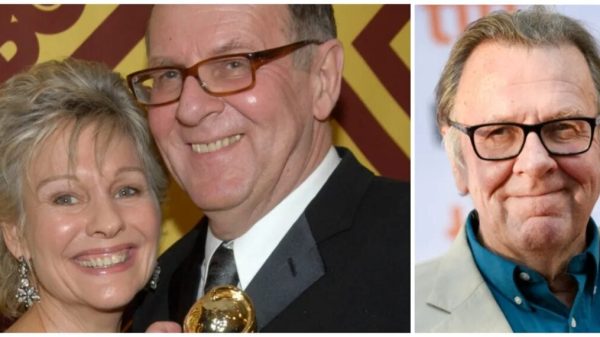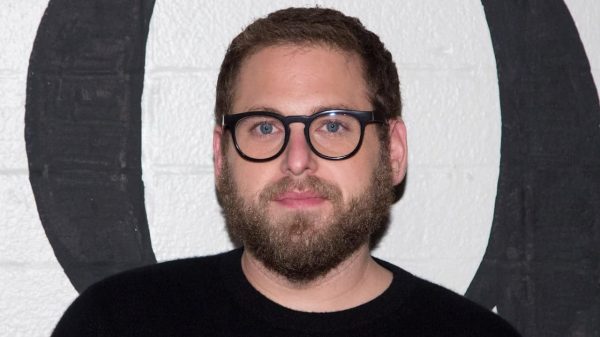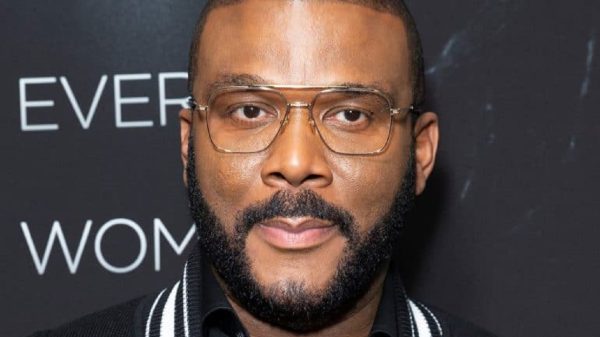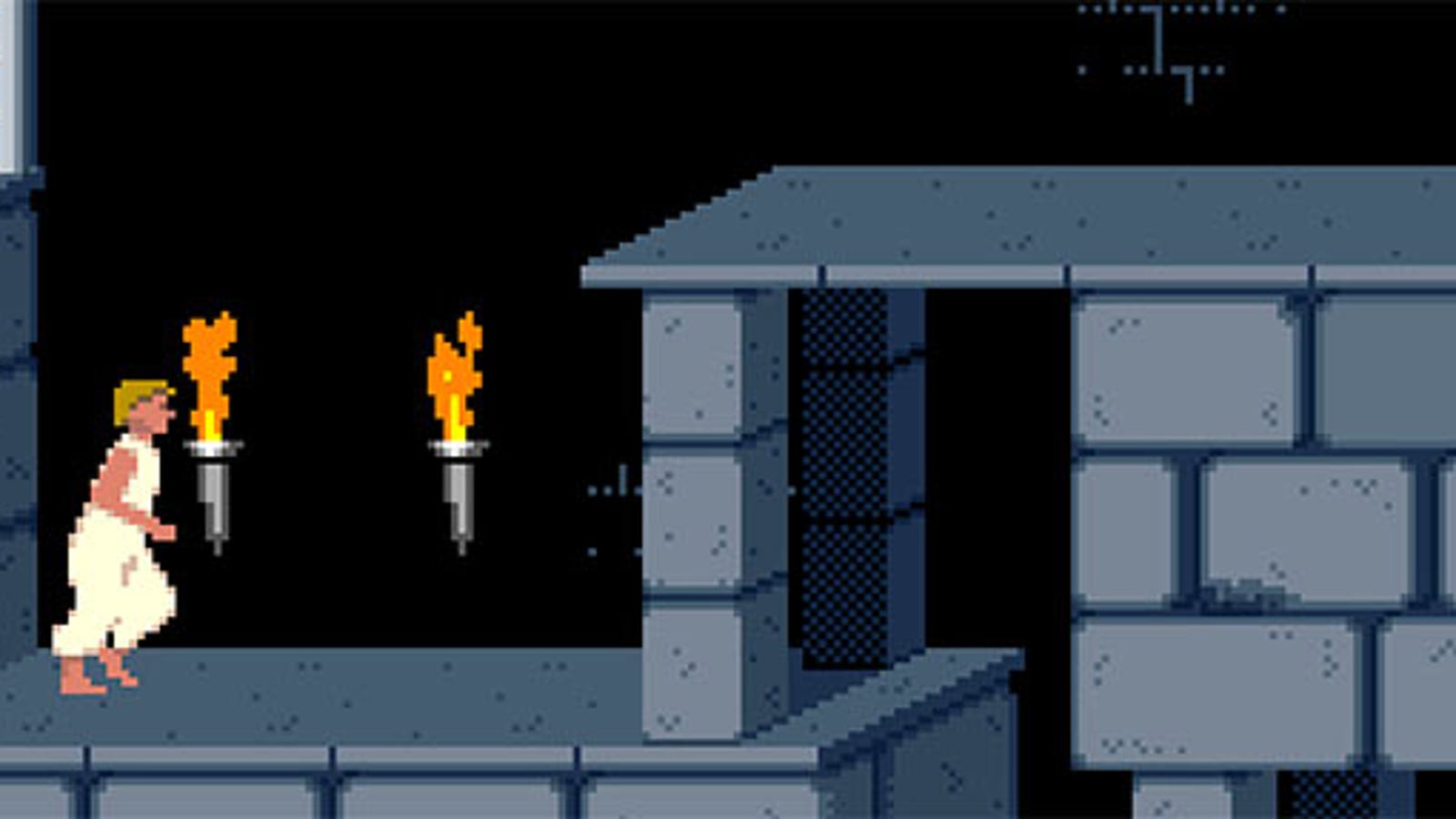For years, I knew about Prince of Persia but never played it. Despite my love for platform games, Prince of Persia felt different – smarter, more challenging, and eerily close to real human movement.
I played platformers like Psycho Fox and Mickey on the Master System, while Prince of Persia ran on more advanced machines like the Amiga. It felt too grown-up for me back then.
Now, as an adult, I’ve revisited the game and wondered why I had that initial hesitation. It wasn’t the plot or a deep understanding of Persia. Looking at screenshots and playing it again, the same feeling resurfaced – a mix of newness and oldness.
Prince of Persia draws inspiration from Karateka, an earlier game by Jordan Mechner. Karateka blended gaming with cinema, featuring rotoscoped animations and a plot influenced by martial arts cinema.
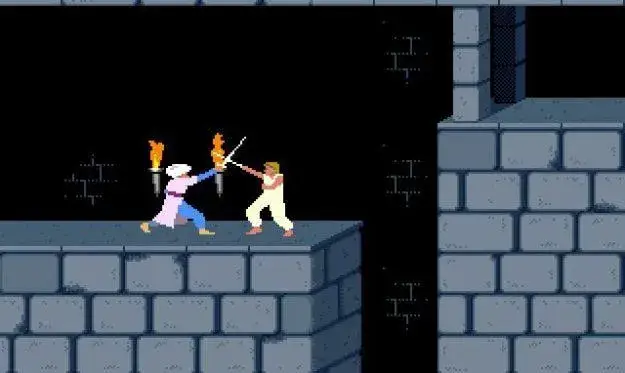
Prince of Persia (Credits: Euro Gamer)
Prince of Persia expands on this concept with more complexity – intricate environments, sword fights, traps, and set pieces. What captivates me is the rotoscoped animation, especially the detailed movements of the Prince, reflecting his youth and inexperience.
Despite the elegance, rotoscoped animation creates a sense of distance between me and the character, a fascinating disconnect. I experienced a similar feeling in early Tomb Raider games, influenced by Prince of Persia.
The rotoscoping in Prince of Persia also evokes something familiar – the bold, expressive gestures and side-on view reminiscent of silent movies and early cinema. The game’s animations bring to mind the silent film era, with its emphasis on physicality, cause and effect, and clear moments.
This connection to silent movies doesn’t diminish the game’s appeal. Instead, it adds a layer of complexity reminiscent of the experimental and imaginative early days of cinema. Prince of Persia, now in its fourth decade, feels like a reanimation of the past.
As I examine the rotoscoped animations, I realize that I’m witnessing a blend of technical marvels and a nod to the 1920s and 1930s. The game becomes a historical document, connecting the present to a different era of virtuosity.
It’s intriguing to discover that the animations were created using footage of real movements, including those of Errol Flynn and Basil Rathbone, adding a layer of historical richness. Prince of Persia, from its inception, was entangled in a kind of temporal jazz, foreshadowing the series’ later chronology complexities.
In essence, Prince of Persia is not just a game; it’s a bridge between gaming’s technical evolution and the timeless charm of early cinema.












